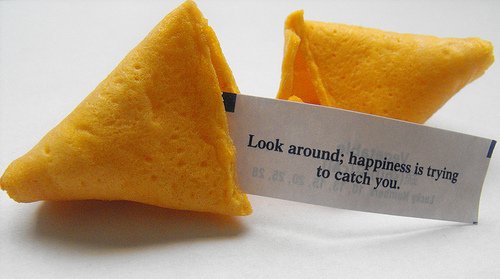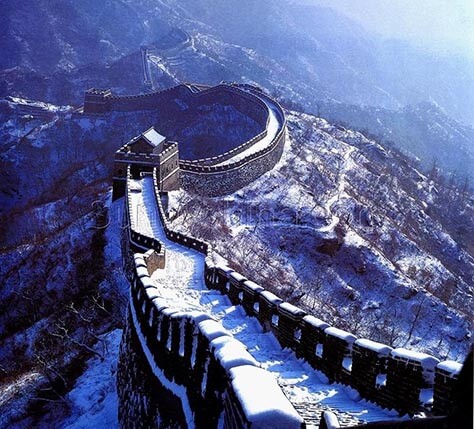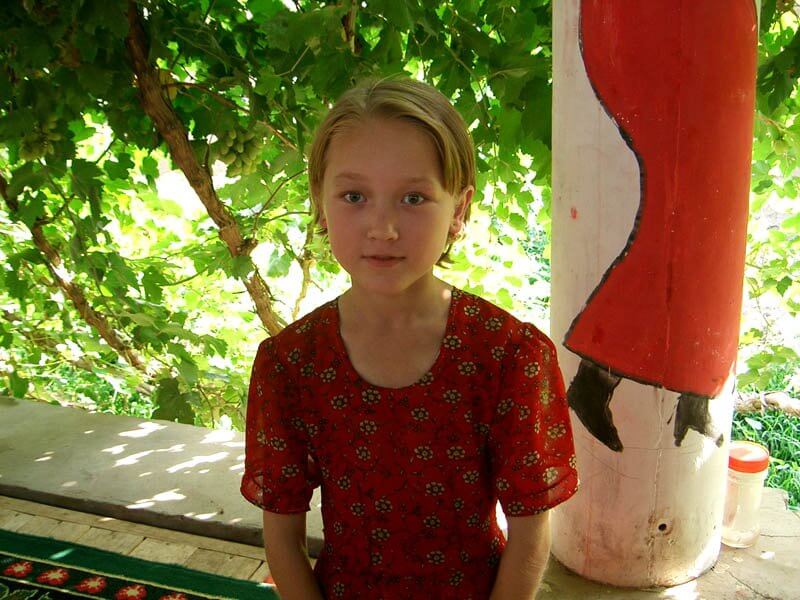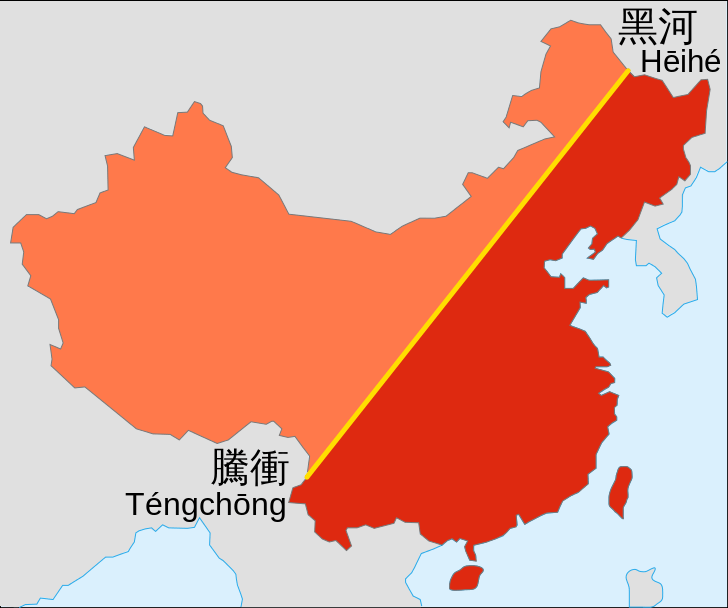1. Fortune Cookies are not Chinese

Imagine my surprise when I discovered that restaurants in China don’t serve fortune cookies with every meal. Worse, they’re nowhere to be found, and I have yet to meet a waiter who understands exactly what it is that I am looking forr. That’s because fortune cookies originated in California, not in China. In fact, one story claims that the cookies with a “fortune” wrapped inside were invented by a Japanese immigrant in San Francisco. Another story holds that a Chinese immigrant living in Los Angeles would pass out free cookies to the poor. Each cookie contained an inspirational Bible scripture on it.
2. The Great Wall isn’t actually visible from the moon.

The myth that the Great Wall of China is visible from the moon (or space) has become ingrained in popular culture, and many “Great Wall Tour” brochures boast this factoid to charm tourists. Unfortunately, the 9.1 meter wide wall is too narrow to be visible from the Moon. In fact, the apparent width of the Great Wall from the Moon is the same as that of a human hair viewed from 3.2 kilometers away. XXXXX
3. China only has one time zone

China geographically spans five different time zones, but in an attempt to forge national unity, the Chinese government decided in 1949 to follow a single standard time (UTC+08:00). Just about everyone who lives in China knows this already, but consider for a second the implications for people living in Western China: where the sun in Shanghai typically rises between 5 and 7 o’clock, 2600 miles to the west in Khasgar, Xinjiang, dawn doesn’t break until a quarter past ten. Yes, in most of January and December, the sun in Khasgar doesn’t rise until well after 10 am.
4. Not all Chinese look “Chinese.”

There are 55 officially recognized ethnic minorities in China and some of them are genetically Turkish, Central Asians, or even Russians. Here is a photo of Uyghur Chinese girl.
5. 94% of the population lives in an area that covers just 43% of China

The Heihe-Tengchong line (黑河-腾冲线), is a geo-demographic demarcation line proposed by geographer Hu Huanyong. This imaginary line divides the area of China in two roughly equal parts. Starting from Heihe in the Northeastern province of Heilongjiang to Tengchong in the Southwestern province of Yunnan. On the east side of this imaginary line, there is 43% of the area of China and 94% of the population, and on the west side of the line, 57% of the area and only 6% of the population (2002 data).
By Ginger de Ridder, Account Manager at Teaching Nomad
About our company: Teaching Nomad is an American owned and operated education Recruitment Company based in Shanghai, China. Our goal and purpose is to help great teachers find great teaching jobs. Year round, we have hundreds of teaching job vacancies. Whether your goal is to be an ESL teacher or teach in an international school, we have a teaching job for you. You can browse jobs online at www.teachingnomad.com/job-search for the latest job openings. Teaching Nomad is here to make teaching in China easier, so please feel free to reach out and contact us with any questions or inquiries!

